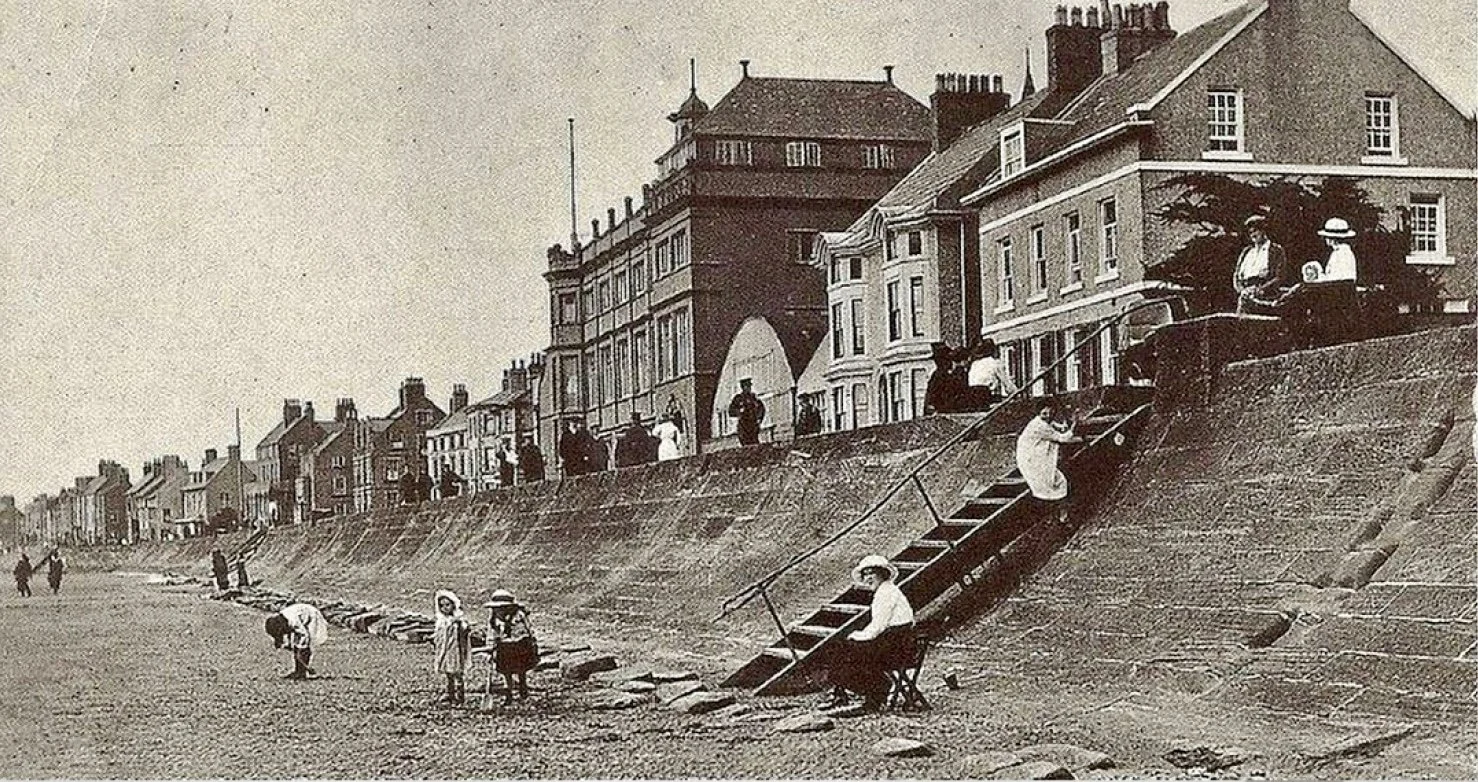Shipbuilding
In the 18th century there was a busy boatyard on the shore close to the Boathouse and another probably by the Old Quay. It is clear that ships were built at Parkgate in every decade of the century, though the total number constructed is not known. In the middle years of the previous century it is recorded that two of the royal yachts were repaired at Parkgate – these were the boats that conveyed officials and government mails en route between London and Dublin. It may be, therefore, that construction of ships was already taking place here at this earlier time.
At this early stage it was common practice for ships to be built on the beach, with wooden scaffolding providing a secure framework to support the construction process. It is known from early trades directories that all the relevant skilled labour for this industry was living in the neighbourhood at the time. For example, Richard Bartley, who later established a public house at his cottage, had previously been listed as a sawyer & carpenter, trades essential for ship construction at the time; there were also shipwrights, rope makers, sail makers, in fact all the other trades relevant to the building and equipping of ships.
Construction of a ketch on the beach at Connah’s Quay. Photo courtesy Susan Chambers
The ‘Duke’, one of the ships built at Parkgate, is known to have been involved in the African slave trade, and three boats were built here by Thomas Makin for the Parkgate Packet Company before his business went into liquidation in 1790. The Ship Hotel was named after a boat called the ‘Princess Royal’, built here around this time for the Parkgate Packet Company to carry passengers to Dublin. She was sailing from here in 1808, but by 1810 had commenced sailing out of Liverpool.
Sketch depicting ‘The King’ (100 tons), ‘The Queen’ (100 tons) and ‘The Princess Royal’ (130 tons) all built at Parkgate.
Last Updated May 2022


